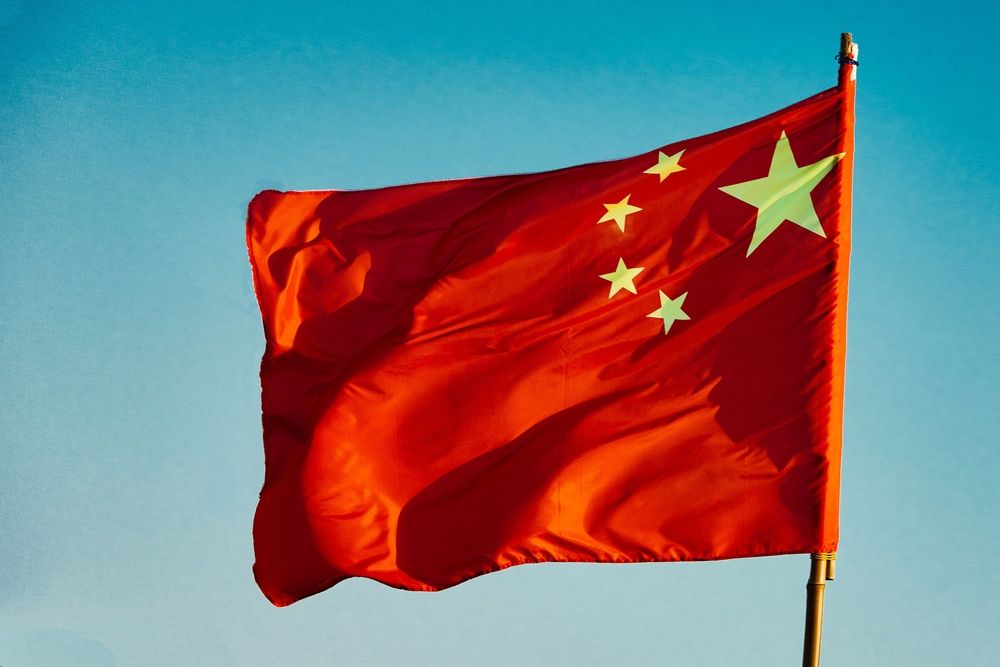Thinking clearly about China’s layered Indo-Pacific strategy
By Zack Cooper, Andrew Shearer | September 3, 2017

Despite China’s traditional role as a continental power, modern Chinese leaders are pursuing a grand strategy that includes the explicit goal of becoming a maritime power. China is strengthening its ability to deny its “near seas” (the Yellow, East China, and South China Seas) to US forces and building the capabilities and infrastructure to project power into “far seas” that lie beyond these waters. Yet Beijing is doing so without crossing the threshold of actual violence – unlike Russia’s use of violent “hybrid warfare” in Ukraine. In the maritime areas close to its coast, China has adopted “gray zone” approaches to alter the status quo while avoiding combat between uniformed militaries. Farther afield, China’s strategy focuses on accumulating influence through efforts such as the Belt and Road Initiative, which seeks to build economic connections across the Eurasian landmass and the Indian Ocean. This article aims to reconsider how experts categorize and think about the instruments of power China is deploying in the Western Pacific and Indian Oceans, and their roles in China’s expanding overseas strategy. Read this article from the September/October issue of the digital Journal.
Together, we make the world safer.
The Bulletin elevates expert voices above the noise. But as an independent nonprofit organization, our operations depend on the support of readers like you. Help us continue to deliver quality journalism that holds leaders accountable. Your support of our work at any level is important. In return, we promise our coverage will be understandable, influential, vigilant, solution-oriented, and fair-minded. Together we can make a difference.















